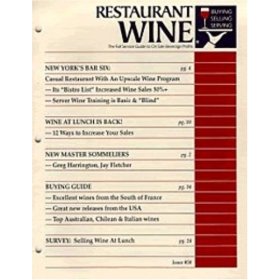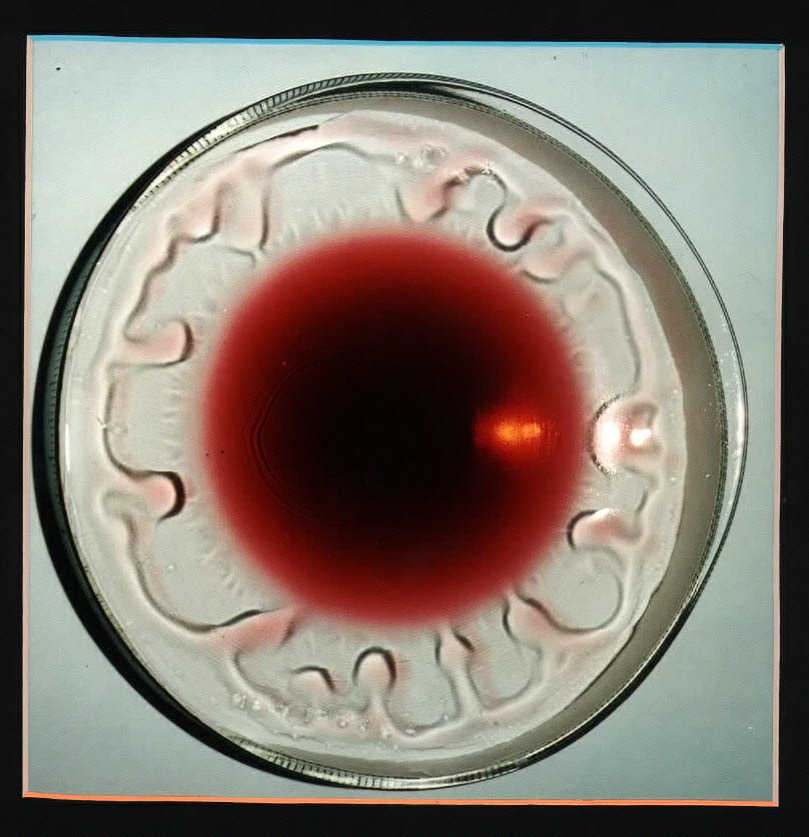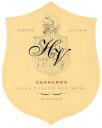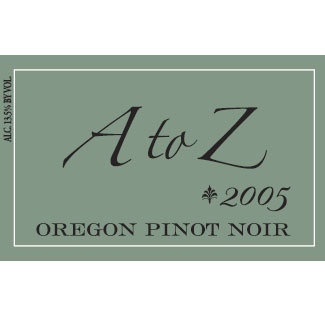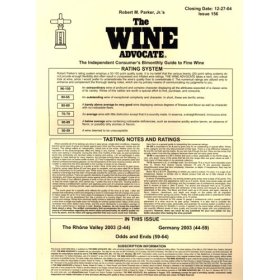 I’m shopping. When I started this experiment of writing about wine, having been out of the business for what seems like forever but is actually only 2 years, I promised myself that if I stuck with it I would budget in a few wine magazine subscriptions. I hadn’t maintained my trade subscriptions because it was a little too painful reading about expensive, interesting wines when I didn’t have the money to buy them and no one to discuss them with; but I’m feeling frisky, baby, so watch out!
I’m shopping. When I started this experiment of writing about wine, having been out of the business for what seems like forever but is actually only 2 years, I promised myself that if I stuck with it I would budget in a few wine magazine subscriptions. I hadn’t maintained my trade subscriptions because it was a little too painful reading about expensive, interesting wines when I didn’t have the money to buy them and no one to discuss them with; but I’m feeling frisky, baby, so watch out!
Back when I was a wine rep, I exhaustively read consumer-oriented publications, because that’s what affected my customers’ shelves and lists. It was important for me to know what trends were affecting their sales (and therefore my own).
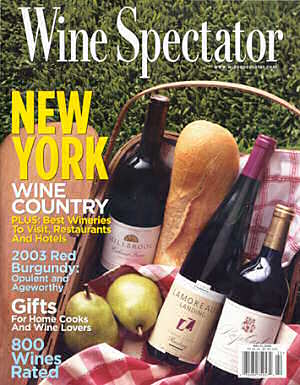
My inestimable former boss BG, would also get more trade-oriented subscriptions; we shared, of course, and I always enjoyed reading Wine & Spirits, Quarterly Review of Wine, and Restaurant Wine. He particularly swore by the little-known gems he would find in the latter, and I must say that he was right on the money when he ordered something for our territory based on a review from RW. BG was a traditionalist and liked to get the printed magazines; I needed information fast, even from back-issues, and needed to be able to search wine ratings, so I liked the online subscriptions. At WA and WS, you can search their databases for wine rating scores, which is super-useful for wine reps whose customers respond to ratings. (Is that redundant? Does anyone sell wine to people who are not affected by ratings?)
So, I’m working on a budget, and I am no longer driven by the need to find the next new 92 pt wine that retails for less than $10 (though I’m not opposed to it). I’m interested in reading articles on industry trends and winery profiles, but I’d also like to hear about cool new bottles of deliciousity. I like the immediacy of online subscriptions, but then there’s something satisfying about getting something in the mail every month, too. Plus, I’m not always near a computer.
What would you recommend I buy, if we were to keep at a budget of about $200? What wine publications are most useful and rewarding for you? Which ones feel like the best bang for your buck? Where do you find your precious nuggets of wisdom?
